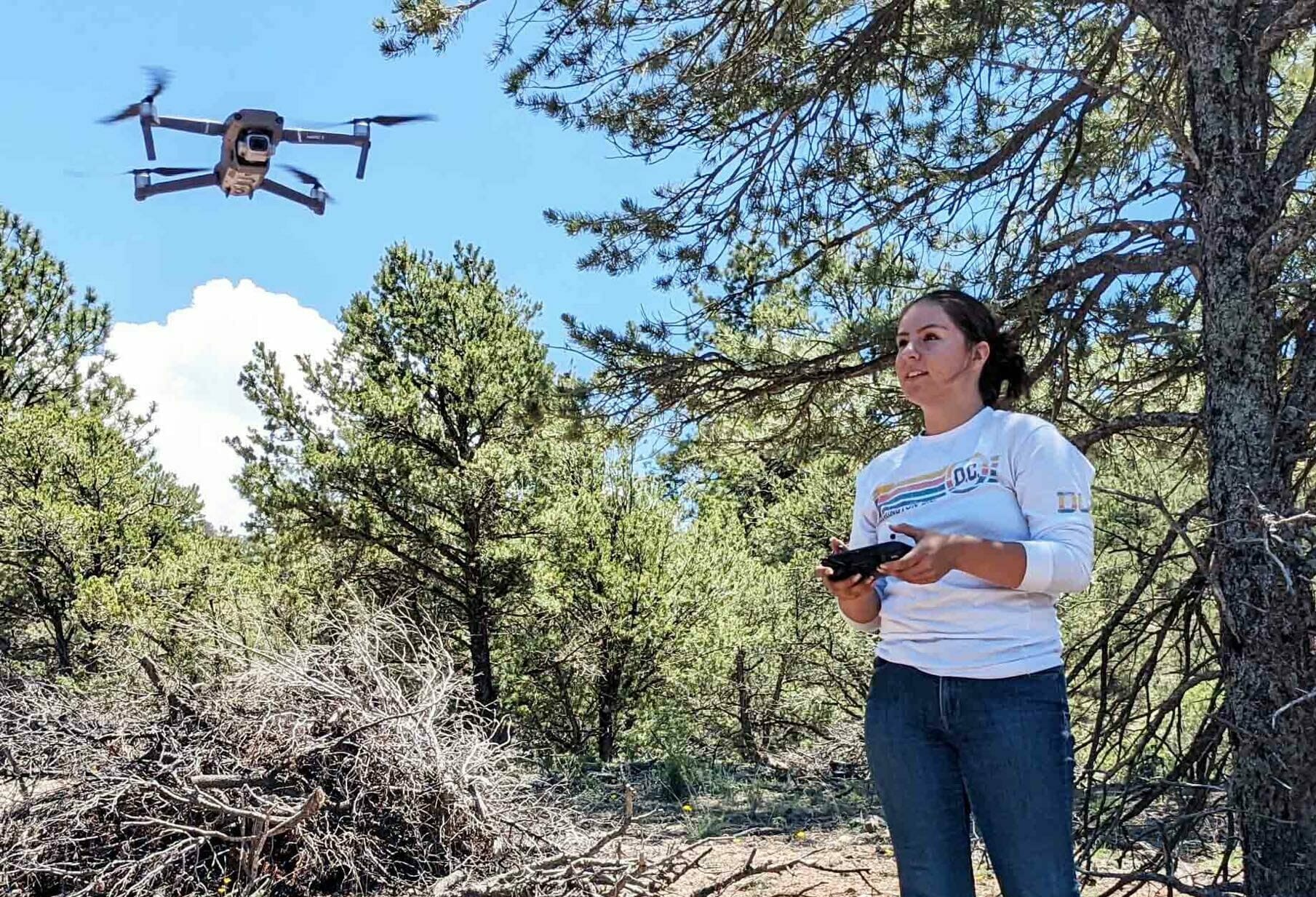Having finished the online NYT crossword over morning coffee, retweeting some delicious burns on climate deniers, checking Facebook and Instagram, liking a picture of a steelhead, and prioritizing work emails before a day of zoom calls, he/she remarked, “Kids these days are hopelessly addicted to their devices,” as though the Peleton screen was an actual person. “We really need to get them outdoors more.”
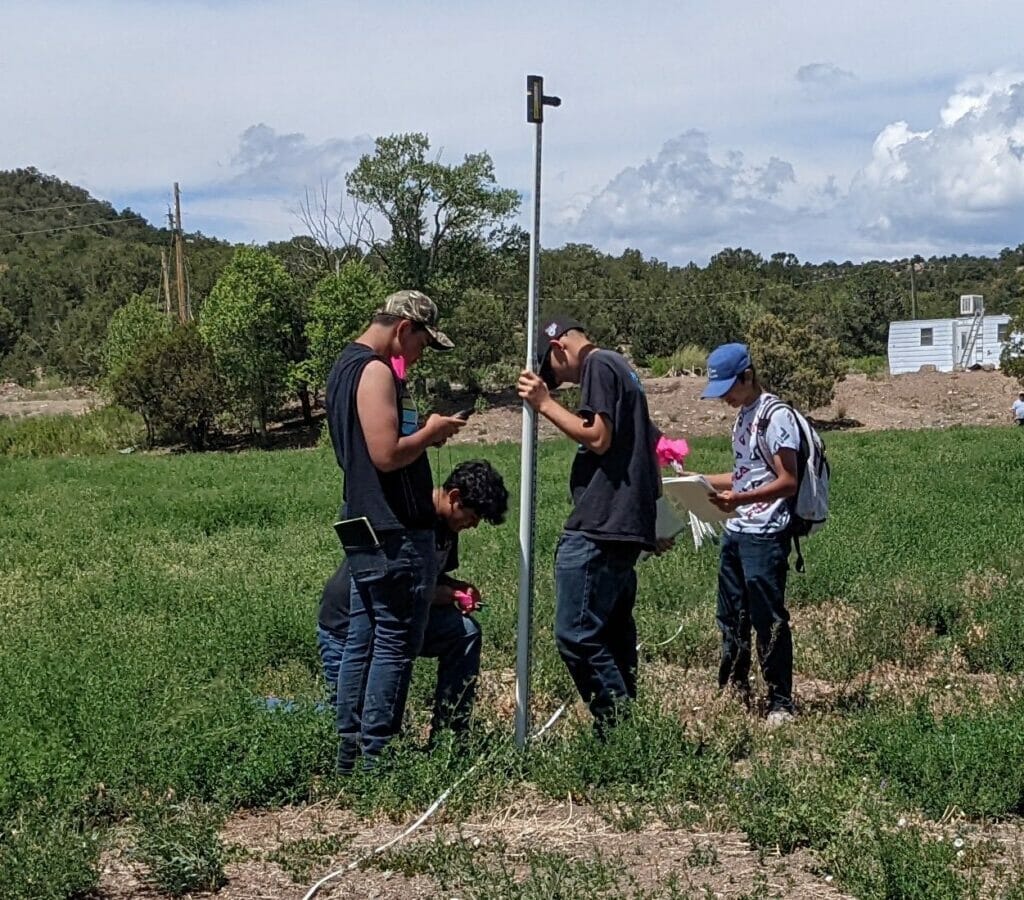
“Kids these days”, including youngish adults who are having children of their own now, live in a digital habitat. We, especially they, are completely wired.
How wonderful. Of the many aspects of pre-digital life I never want to revisit, there’s the fact that having a cell phone usually means I don’t have to hitchhike to the nearest town if my car breaks down on the highway. I like being able to track bank transactions, and that I can communicate easily with people around the globe.
I liked social media too at first, if only to derive solace at how many of my long-lost contemporaries had become as heavy or bald as I had.
We are now aware of how social apps reduce attention spans, profit through opinion aggregation, select for herd formation through conflict-inducing content, are designed around addiction models, and how they can even alter brain chemistry. We watch outrage bounce among like-minded users in ever-shrinking circles into which nothing can enter that challenges what we might not actually know about the world. If we didn’t know any better, it’s almost as if we are talking to ourselves.
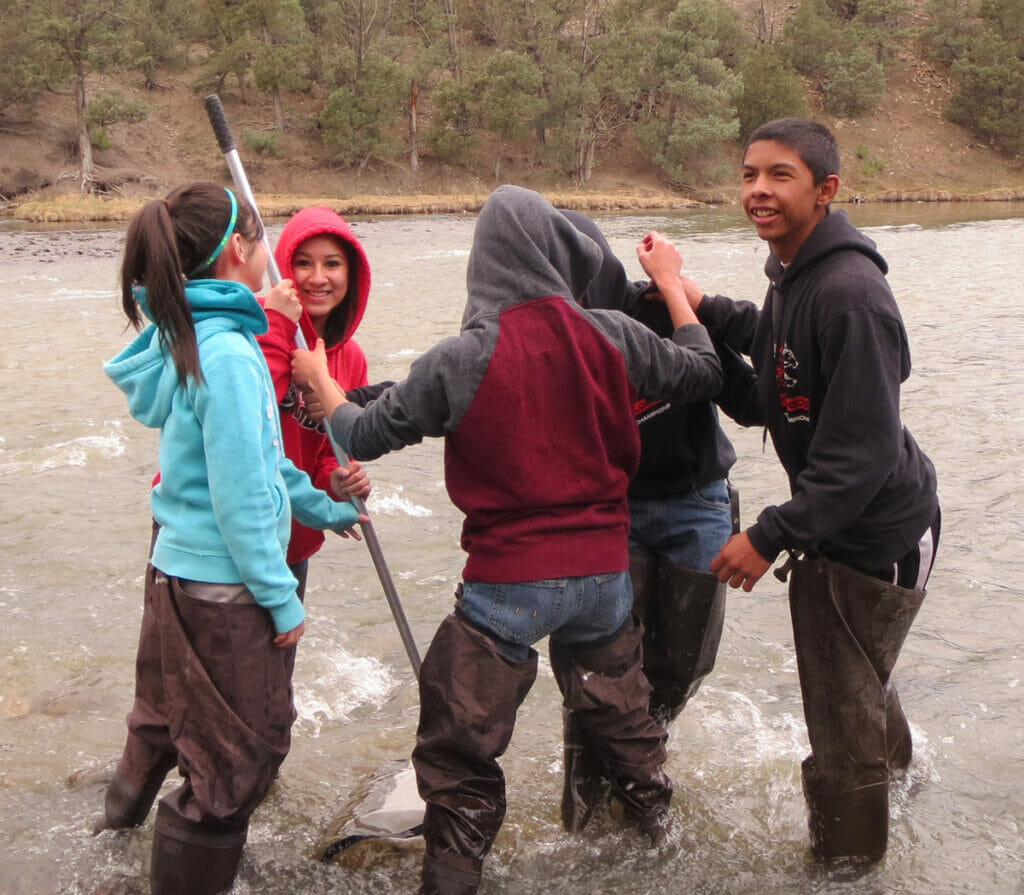
Especially where kids are concerned, we don’t know any better, and we are talking to ourselves indeed. Barraged by negatively-biased topics – our toxic society, politics, and earth – the instinct to withdraw into the safety of the herd is hard to resist. There is comfort there, belonging and identity, which Joe Camel Tiktok knows simply as dopamine.
Until very recently, I thought this same dynamic drove my development as a fly fisherman. Almost every aspect of the sport demands focus and refinement. Thus, my long-term success could only come about if I turned inward.
Which is silly of course. If anything could epitomize a healthy, outward-facing interaction with the world, fly fishing is it. On a given day, I’ll have conversations with cottonwoods, clouds and sky, a loud and winding river, all while expecting frequent interruptions from magpies and trout. Over the years, my conversations have deepened as my working knowledge of the natural languages around me has expanded. If it’s true that my identity has been shaped by fishing, it’s been through constant negotiation and revision
Still, I worry, especially since none of us can go fishing anymore without cell phones close at hand. When it comes to young people, I wonder how conservation can progress while social media has such a grip on their lives.
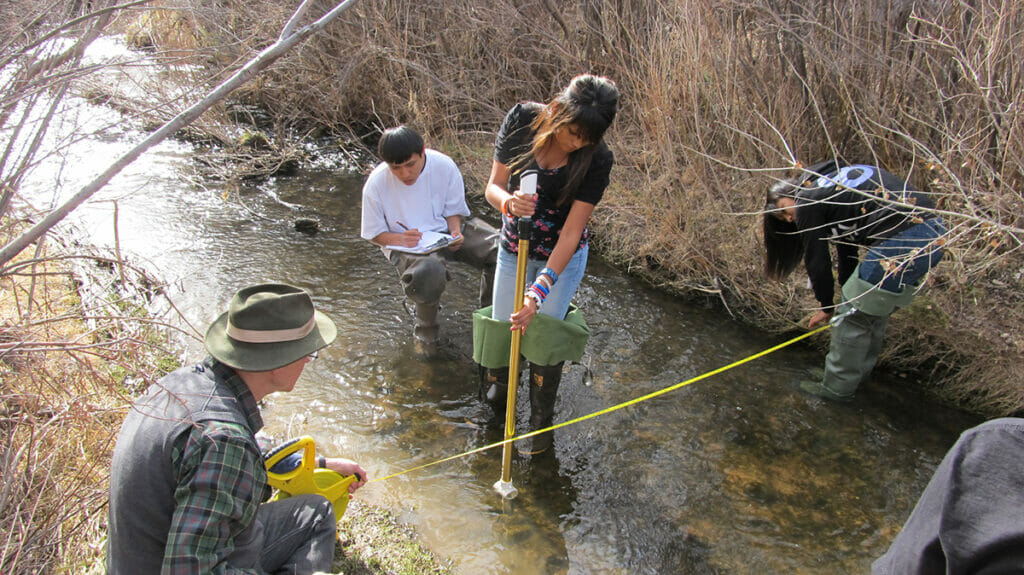
In my fantasy, we kindle an urge in kids to disappear into the mountains every summer, riding range to keep cows from overgrazing riparian areas, let’s say, or clearing trail through wilderness areas. There’s a serious unmet need there, but is it realistic to expect kids to stay out of cell reception for so long? Will their addiction to technology doom conservation?
Rich Schrader, a long time TU partner in New Mexico, doesn’t think so. He’s the director of River Source, a company that advances watershed resilience through education, restoration, and the preservation of traditional ways of life that conserve water and land.
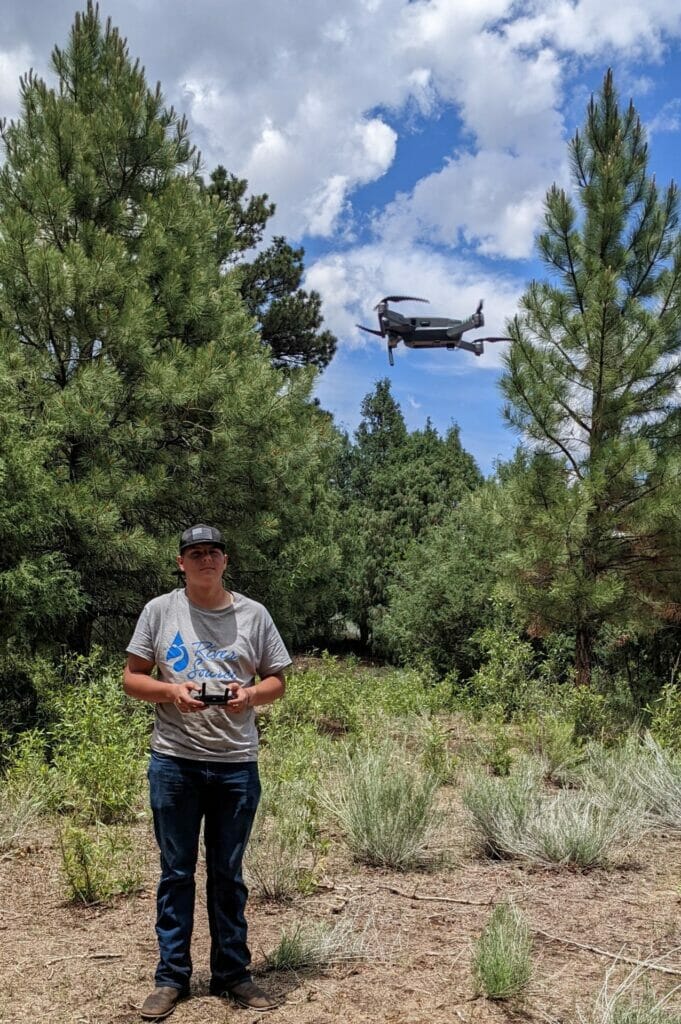
In Indigenous and rural Hispanic villages, River Source’s projects involve community elders in mentoring and teaching youth on cultural adaptations to the harsh New Mexico landscape. These communities have wrung life out of the dirt by developing strategies for addressing heatwaves and drought, flood and erosion, and fire. And they’ve done it well for many centuries.
To adapt to the realities of climate change and the shortage of rural opportunity, River Source draws upon kids’ technological proclivities to improve the health of land and waterways. Kids use lasers to level fields. They measure water quality with scientific instruments and monitor vegetation with their cell phones. There’s plenty of hand work as well; moving rocks, repairing fences, planting willows, and collecting insects.
Says Shrader, “Few young New Mexicans get the opportunity to view the complex patterns of a river they’ve fished through the eye of a drone camera they are flying themselves. When they combine that excitement with a desire to improve water and land conditions, they become leaders and teachers. They learn how to protect rivers from off-road vehicles, excessive grazing, and people camping too close to streams.”
“These experiences introduce our interns to career pathways. About 25% of them move on to academic or professional careers in conservation fields.”
Even if River Source’s interns ultimately choose unrelated careers, the fact that Rich Schrader meets them where they live should be a lesson to us all. Some things never change. All it took to hook me on the outdoors life was a fly rod, a pair of skis, and my mother’s passionate demand that I keep from underfoot. The only thing different today is that kids have cell phones, which, in the right hands, can reveal all manner of fun adventures.



